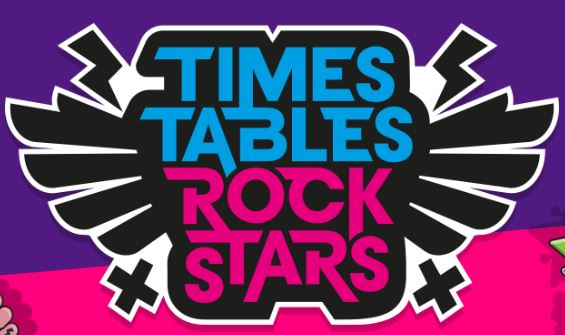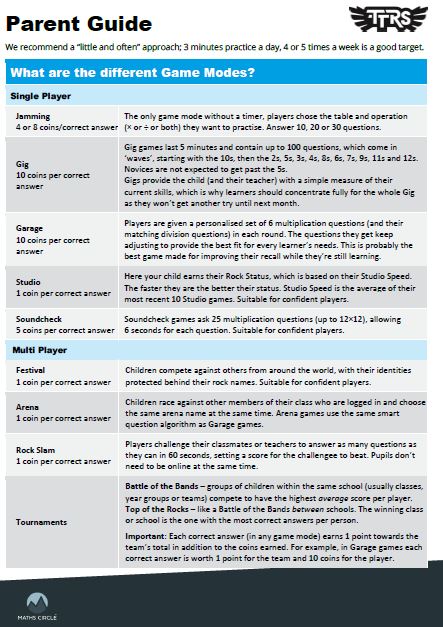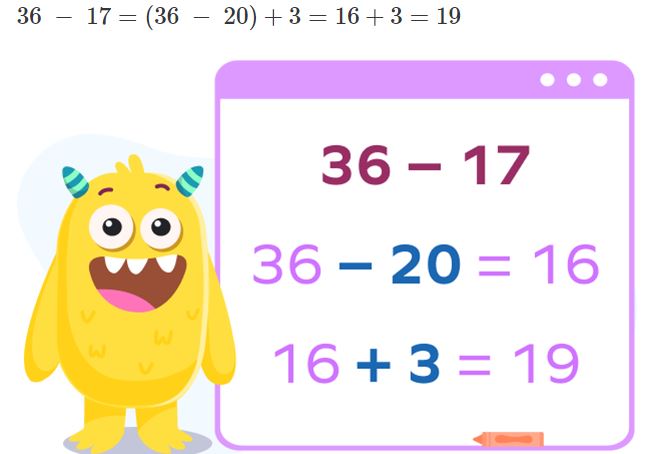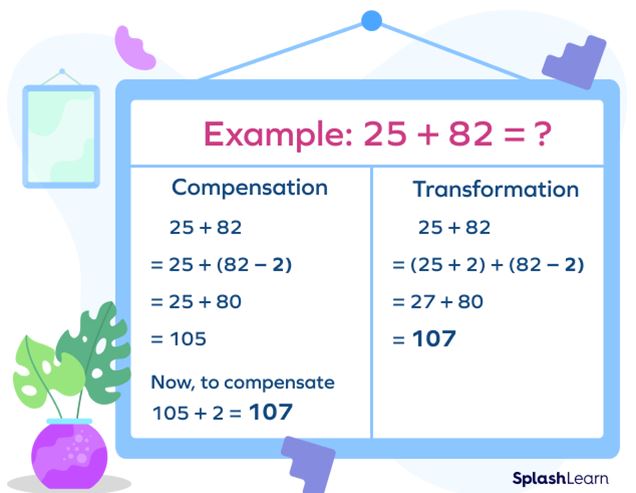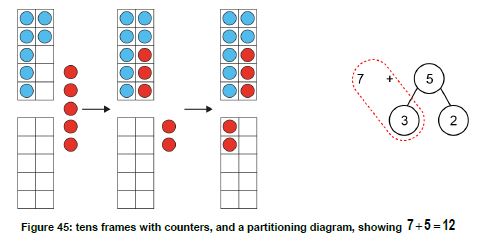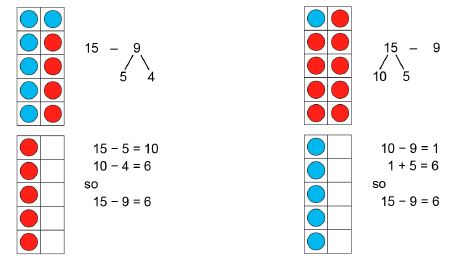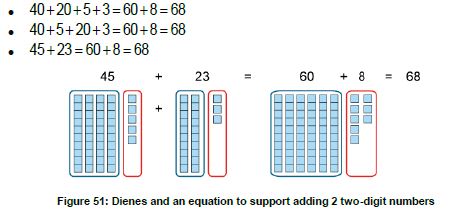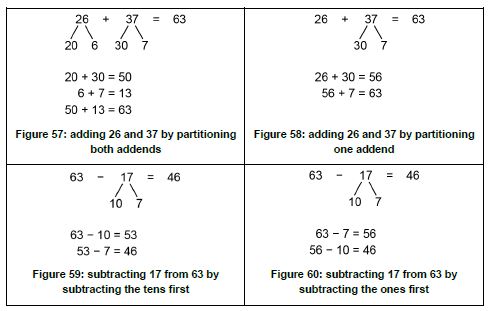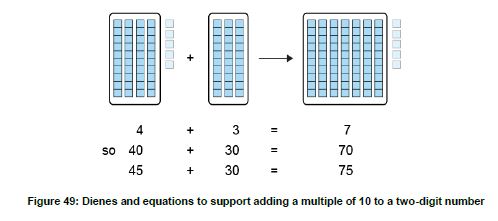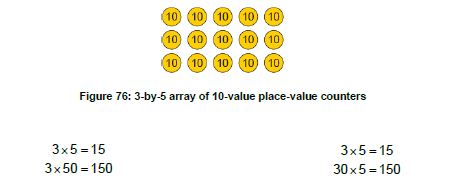Mental Maths Knowledge & Skills
This page contains a number of tips, strategies and games to support children with learning key maths facts. Quite often children are able to calculate some of these facts, but require a bit of time to recall them - these games help children to be able to really know them and recall them instantly - as if they were telling someone their name or their favourite pet or food!
Speed of recall and accuracy of recall helps children when attempting much trickier problems in Maths - for example written addition and subtraction of 2, 3 and 4-digit numbers - many of the calculations used here is based on being able to recall and use number bonds.
Helpful APPS
| App | Link | How does it help? |
|---|---|---|
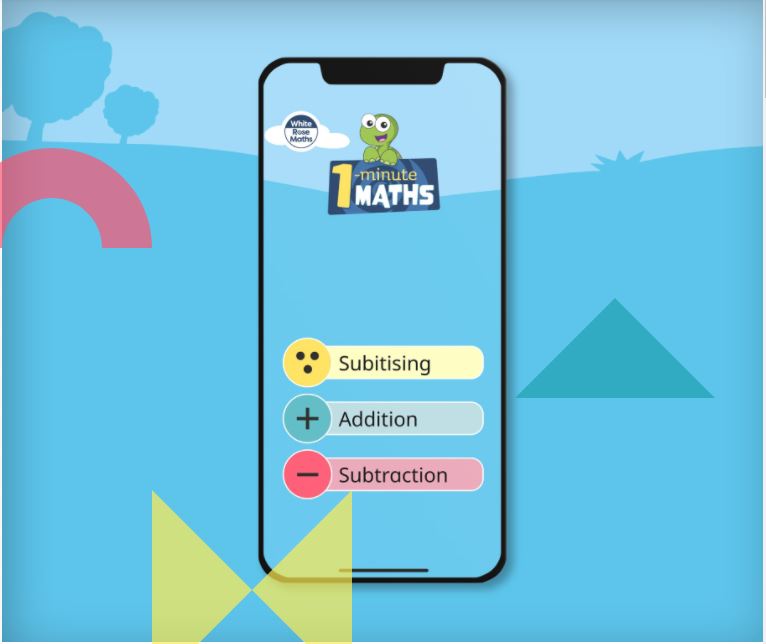
No log-in required - each activity lasts 1 minute. Hints are available on each question & children can choose which task they attempt. |
|
Subitising These activities help children to quickly recognise quantities up to 10 . Addition + Subtraction These activities help children to quickly recall addition within 100. There various different tasks including number bonds to 10, 20 and 100. These help children to calculate quickly mentally and support children's confidence with written methods. Multiplication + Division These activities help children to count in equal amounts and practice times table facts for individual tables. They are also able to practice division facts. |
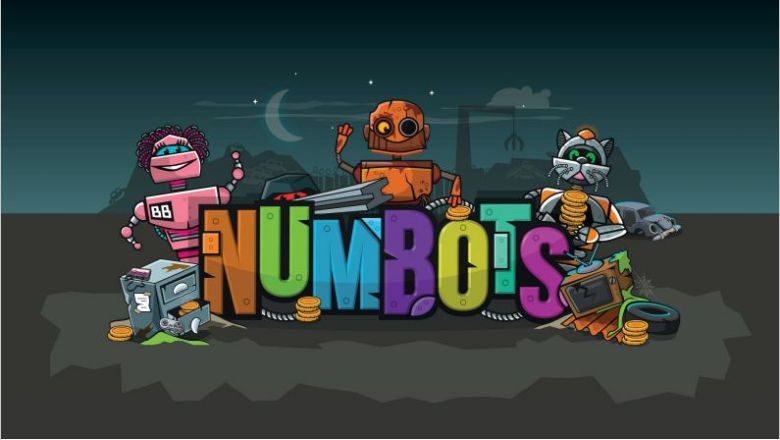
Numbots features as homework predominantly in Year 3, however it will also be used by children as needed in older year groups. Children require a log-in, which they are given at the start of the year. They have the same log-in for Numbots and TT Rock Stars. |
Story Mode In Story Mode, the emphasis is on mathematical concepts and is underpinned by a mastery approach to teaching. Story Mode features visual representations, procedural variation, exposure to different calculation strategies and interleaved material all in very carefully sequenced order. Challenge Mode In Challenge Mode, the emphasis is on rapid responses to essential facts and simple sums, against the clock. Challenge Mode is locked for new users and is unlocked once players have passed Iron (Stage 2) Level 26 on Story Mode. There are 20 Challenge levels which focus on Subitising, Number Bonds, Addition and Subtraction. |
|
|
TT Rock Stars TT Rock Stars features as homework for all Years. Children require a log-in, which they are given at the start of the year. They have the same log-in for Numbots and TT Rock Stars. |
Please click the image below for a detailed guide to each game. We recommend that children in Year 3 focus on Garage. Children in Year 4 will use a combination of Garage, Studio and Soundcheck as directed by their teacher. Children in Years 5 and 6 should focus on Garage and Studio.
|
HELPFUL WEBSITES
| Website + Link | How does it help? |
|---|---|
|
Top Marks
|
There are a wide range of Maths games on here which children can use to practice recalling different facts in a fun way. |
HELPFUL ACTIVITIES
| Activity + Description | How does it help? |
|---|---|
|
Flash Cards Children can write a key fact on a blank playing card which they need to learn. This is most likely to be a number bond to 10, 20 or 100 or a multiplication or division fact. For example, on one side of the card, they would write 3 + 8 and on the reverse they would write 11. |
These can be used little and often to help children recall facts - once they know a fact, they no longer need that particular flash card. |
MENTAL STRATEGIES
| Strategy + Description | Examples |
|---|---|
|
Compensation – when you add or subtract too much and then adjust, e.g. to add numbers like 19/29/39, etc you might add 20/30/40 and then subtract 1. |
|
|
Bridging to a multiple of 10 – when you split the second addend so that count up to the nearest multiple of 10 and then count on the remainder, e.g. to add 27 and 5 you might add 3 then add 2. The same principle applies in reverse when subtracting, e.g. for 23 – 5. |
|
|
Partitioning – when you split (partition) the 10s and 1s and add/subtract them separately before recombining, e.g. to add 27 and 32 you might add 20 and 30, 7 and 2 and then combine the totals. |
|
| Using related facts - when you know a simpler fact such as 4 + 3 = 7 and use this for multiples of 10 or 100, such as 40 + 30 = 70 or 400 + 300 = 700. |
|




